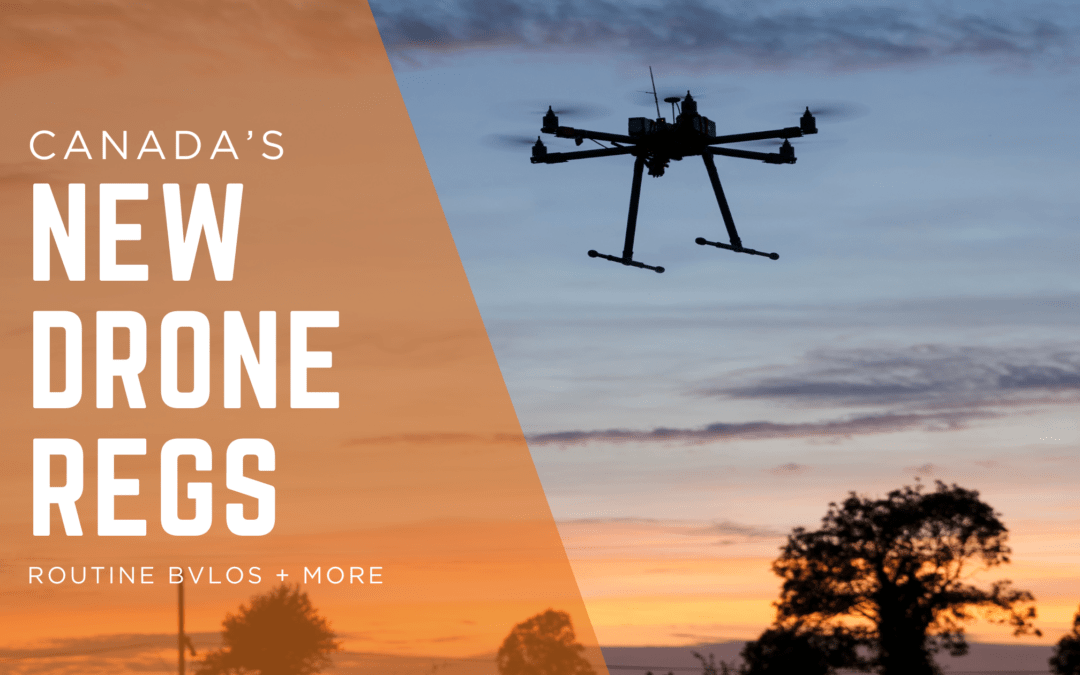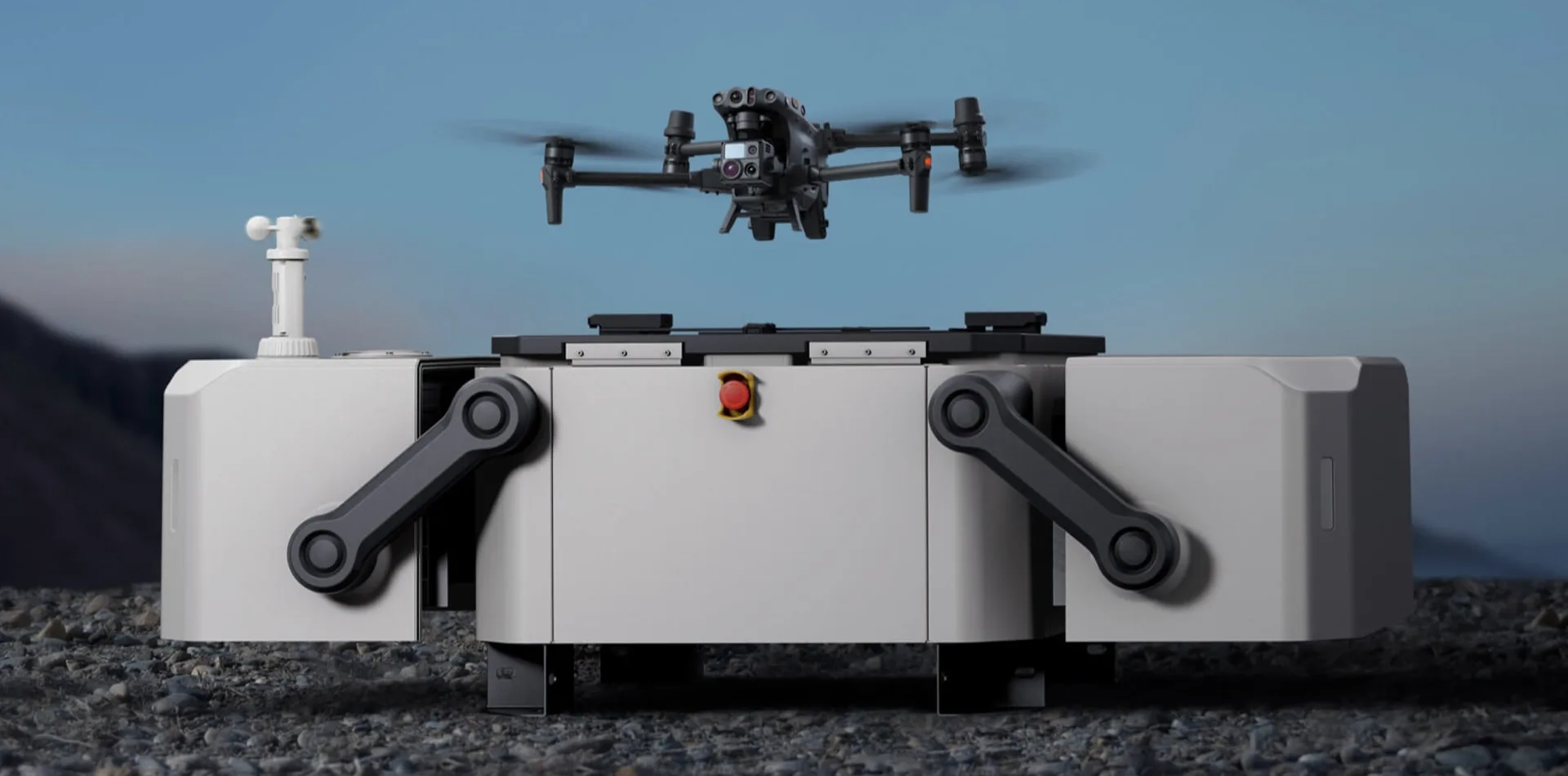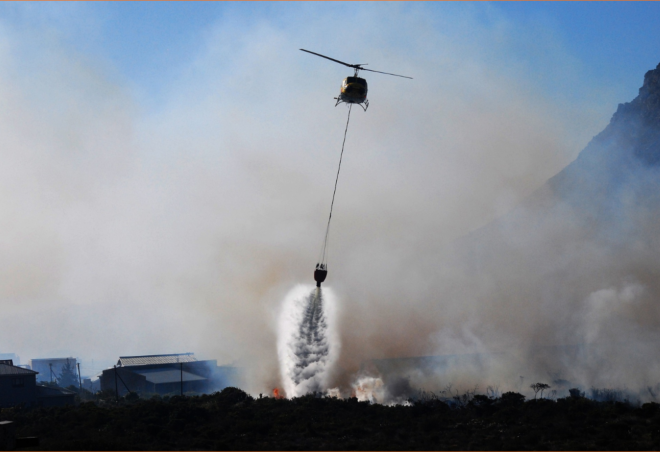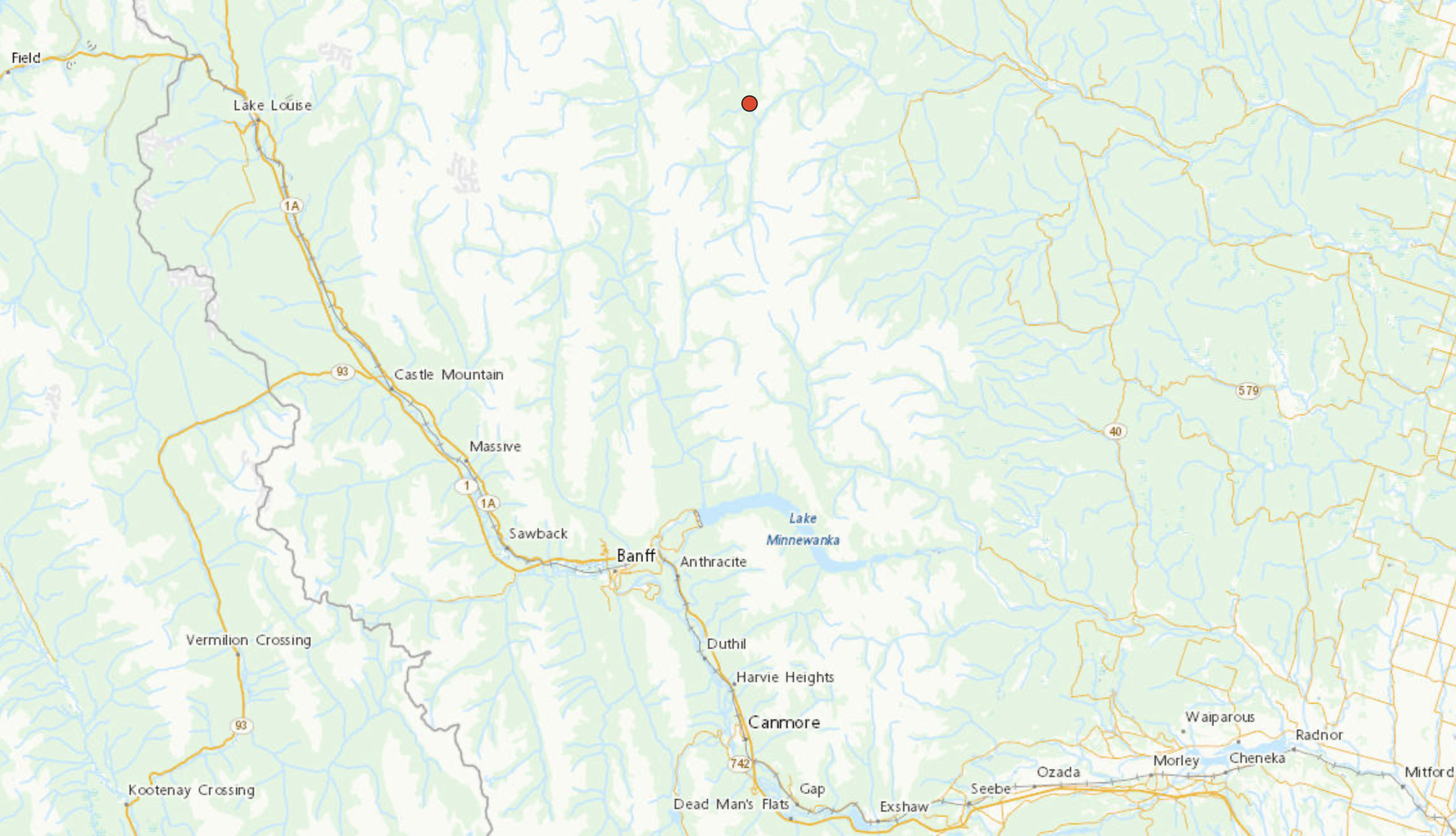
What Canada’s new drone regulations mean for you
By Kate Klassen, Training and Regulatory Specialist
It’s not every day I get excited to see an email before 0600. But yesterday, March 26, was one of those days!
Unexpectedly, Transport Canada announced the publication of the highly anticipated Canada Gazette II which included new regulations for RPAS Operations Beyond Visual Line-of-Sight and Other Operations.
It’s a hefty publication with lots of cross-references and makes for a bit of a dense read. But after a day of reading, re-reading, digesting and consulting with other colleagues who share my nerdiness about this area, I’m pleased to provide this overview – which we’ll continue to update as new information becomes available.
All-in-all, it’s what we were expecting and hoping to see: Common-sense amendments to existing regulations, noticeable inclusions from feedback on the Canada Gazette I draft, and formalization of the next phase of routine RPAS operations in Canada.
If you were one of the many who took the time to provide comments to Transport Canada following CG1, well done. What we saw today is proof they listen and that those efforts matter. Thank you, TC!
Some regulations come into effect on April 1 2025, with others commencing November 4, 2025. This phased approach enables the mechanisms for compliance to be in place prior to requiring compliance with them. In other words, it gives you time to get prepared before it’s required by law. So don’t panic. There are no major changes required before this flying season. You can’t even fly BVLOS under these rules until November.
Now, let’s dive in.
Below: Low-risk BVLOS flights will be permitted starting November 4, 2025. These operations will require a new Level 1 Complex RPAS Certificate

PRACTICALLY SPEAKING
As mentioned, the document published yesterday is complex. Our goal here is explain what it actually means in the real world. So we’re going to break this down into implications for different scenarios. Here’s what the new rules mean for RPAS pilots with:
…a sub-250 gram drone
- As of April 1 2025, flying your microdrone at an advertised event will require a Special Flight Operation Certificate
- On April 1, there are more regulations than just the CAR 900.06 ‘don’t be an idiot’ rule that come into force. These specifically spell out steps to follow if you inadvertently enter restricted airspace (CAR 900.07) and include prohibitions around emergency security perimeters (CAR 900.08)
…a Basic RPAS Certificate
- Not many changes aside from general tidying of rules to ensure intent aligns with application
- You can allow a non-certified individual to fly under your supervision (CAR 901.54)
- You are qualified as a visual observer for BVLOS operations
…an Advanced RPAS Certificate
- You get new capabilities as of November 4th – and you don’t have to do any additional testing to take advantage of them!
- You’ll be able to carry out EVLOS – Extended Visual Line Of Sight operations. This allows you to fly up to 2NM from the pilot, control station and Visual Observer at any time during the flight, provided the pilot and control station are at the take-off and launch location (CAR 901.74)
- Sheltered Operation – This allows the drone to be flown around a building or structure without the use of a visual observer, in accordance with certain conditions
- Medium Drones: You’ll be permitted to fly drones with an operating weight of up to 150kg
- With an Advanced Certificate already in hand, you meet the prerequisite to begin your Level 1 Complex ground school (more in a moment). If you’ve passed the Advanced Certificate but only hold your Basic because you haven’t yet done your Flight Review, you can pursue the Level 1 Complex

AND ROUTINE, LOW-RISK BVLOS?
This was an area the industry had really been pushing for in the new regulations. Specifically, to be able to carry out such flights without the need for a Special Flight Operations Certificate. Here, too, there’s good news:
- After November 4 2025, you’ll be able to fly low-risk BVLOS if you hold a Level 1 Complex RPAS pilot certification (CAR 901.89). This means BVLOS in uncontrolled airspace and away from people
- Permits the operation of a 250g – 150kg RPAS to conduct a BVLOS operation in uncontrolled airspace and one kilometre or more from a populated area
- Permits the operation of a 250g – 25kg RPAS to conduct a BVLOS operation in uncontrolled airspace over a sparsely populated area or at one kilometre or more from a populated area
- In addition to holding a Level 1 Complex pilot certificate, you also need to be an RPAS Operator (RPOC) or an employee/agent of one and comply with the conditions of your certificate (CAR 901.88)
INTERESTING NUGGETS:
- RPAS Operating Certificate uses the acronym RPOC rather than ROC (as was drafted previously). This is likely in response to anticipated confusion with the ROC-A or Radio Operator Certificate with Aeronautical qualification issued by ISED
- The new regs contain detailed guidance for visual observers and their requirements in various scenarios
- You can’t “daisy chain” Visual Observers for EVLOS over greater distances. The pilot/control station needs to be at the take-off and landing area and the RPA can’t go further than 2 NM from the pilot, control station AND VO.
- Despite previous suggestions, there is no medical requirement! Just fit-to-fly rules like previously
There are also some changes to SFOC requirements. Police operations at events won’t require an SFOC. Department of National Defence operations won’t require them, just adequate coordination. In addition, you’ll be able to drop lifesaving gear without an SFOC, providing you don’t create a hazard.
Declarations, maintenance and servicing will take on a more prevalent role (not surprising, given the EVLOS, low-risk BVLOS, and the ease of restrictions on flying heavier drones). It’s also worth noting that the already-useful Drone Site Selection Tool (DSST) will get upgraded to include new situational data layers for lower-risk BVLOS. These layers will include population density, aerodromes, controlled airspace, and Detect and Avoid requirements.

KATE’S TAKE
Canada Gazette II is a massive document. I actually tried to do a word count and the computer simply froze in fear. But, in conjunction with all of the above, here are some final key takeaways:
- Don’t freak out: There’s plenty of time to process and time to act. There are no major changes happening before November 4th, though you’ll probably want to get your ducks in a row before then if you anticipate your flying season extending beyond that date
- For maybe the first time ever, regulations have outpaced technology. We still (desperately) need technical detect solutions that are reliable, capable and affordable
- We’ve had a few folks reach out about ground school for Level 1 Complex and yes – we absolutely will be offering this. At FLYY, we have things well underway as we were anticipating this announcement.
Unlike previous ground schools, there are some instructor requirements that need to be in place before we can even make the declaration to TC that we’re offering TP15530 compliant training. We’re on top of it!
We plan to start offering live, TC-compliant courses prior to the end of April. Over a series of weeks, these courses will run every Wednesday at 0930 PDT for 2.5 hours. These sessions will be recorded and made available to all course participants to review or watch at their leisure. We’ll keep you posted as we get closer to launch.
You can take advantage of our presale here to make sure you’re first in line.










